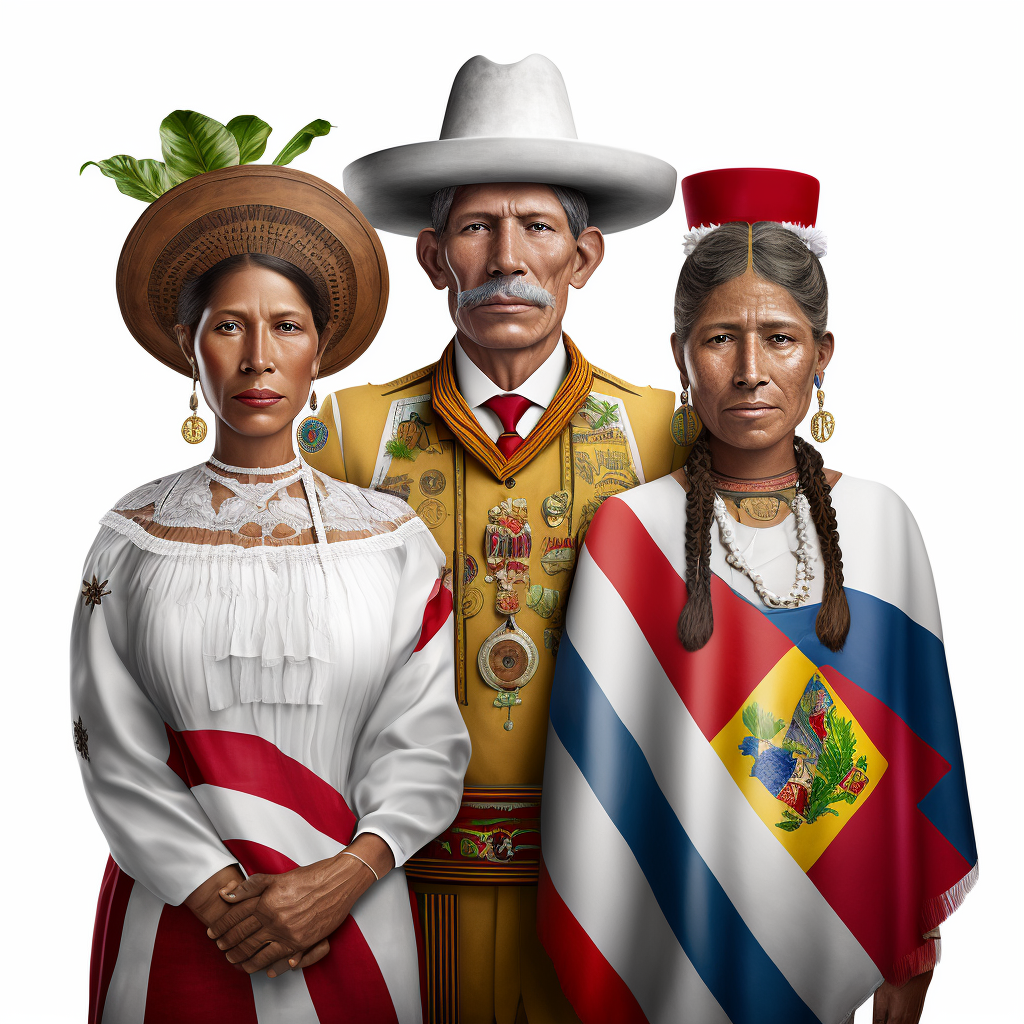South America is a vibrant and culturally diverse continent with its own unique customs, values and traditions. It is important to understand and respect the cultural differences between the countries in South America if you are to live successfully in the region. Here are some tips to help you adapt to the South American lifestyle.
Importance of Adapting
Adapting to the South American lifestyle is important for anyone who wishes to build a successful life in the region. South America is a dynamic and diverse region of the world that is home to a variety of cultures and languages. As such, it is important for individuals to be aware of and respectful of the customs and norms of the region in order to be able to successfully navigate the region. Adapting to the South American lifestyle can help individuals to better understand the local culture and customs, improve their communication skills and be better equipped to build business relationships. You can read about how to move to South America in the article «How to Move to South America: A Guide for Expats».
Learning the Language
South America is a vast and diverse continent, home to many different countries and cultures. As such, there are a variety of languages spoken across South America. Learning the languages of South American countries can be incredibly rewarding, as it can open up new opportunities and experiences, give you a deeper understanding of the culture, and allow you to engage with locals in a more meaningful way.
Most Common Languages in South America:
- Spanish: Spanish is the most widely spoken language in South America, and is the official language of Argentina, Bolivia, Chile, Colombia, Ecuador, Paraguay, Peru, Uruguay, and Venezuela. It is also widely spoken in Brazil, though Portuguese is the official language.
- Portuguese: Portuguese is the official language of Brazil, and is also spoken in Uruguay, Paraguay, and Venezuela.
- Quechua: Quechua is an indigenous language spoken in Peru, Bolivia, Ecuador, Argentina, and Colombia. It is the most widely spoken language in Peru, with about 8 million native speakers. Aymara: Aymara is an indigenous language spoken in Peru, Bolivia, and Chile. It is the second most widely spoken language in Peru, with about 2 million native speakers.
- Guarani: Guarani is an indigenous language spoken in Paraguay, Bolivia, and Argentina. It is the official language of Paraguay, and is the most widely spoken language in the country.
Tips for Learning South American Languages
- Immerse Yourself: One of the best ways to learn a language is to immerse yourself in it. If possible, consider spending some time in a country where the language is spoken in order to get a firsthand experience of the culture and language.
- Find a Language Partner: Finding a language partner is a great way to practice and improve your skills. Consider connecting with someone from the country whose language you are learning and ask them to help you learn the language.
- Use Technology: There are a variety of tools and apps available that can help you learn a language. Consider downloading apps such as Duolingo or Memrise, which are both great for learning the basics of a language.
- Watch TV and Movies: Watching movies and TV shows in the language you are learning is a great way to gain exposure to the language and help improve your listening skills.
- Read Books: Reading books in the language you are learning is a great way to learn vocabulary and gain a deeper understanding of the language.
Understanding the Culture
South American countries have a rich and diverse culture that has been influenced by their history and geography. From the ancient Inca civilization to the vibrant street life of modern cities, South American culture reflects a complex mix of indigenous customs, European colonization, and African influences.
History
The first known Europeans to have discovered South America were the Spanish explorer Christopher Columbus and his crew in 1492. The history of South America is marked by a long period of colonization and domination by European powers, beginning with the Spanish and Portuguese in the 16th century. As a result, many of the countries in South America are characterized by a mix of indigenous, European, and African cultures. In addition, many countries have been shaped by the waves of immigration from other parts of the world.
Geography
South America is a large continent that is home to numerous countries, ranging from the tropical rainforests of the Amazon to the towering Andes Mountains. This diversity of environments has helped to shape the culture of the region, as different groups of people have adapted to different climates and landscapes.
Culture
South American culture is characterized by a vibrant mix of traditional and modern customs. Music, dance, and art are important aspects of life in many countries, and each nation has its own unique traditions. Many countries also have strong religious traditions, such as Catholicism in Brazil and Peru and Protestantism in Bolivia and Chile.
Food
South American cuisine is incredibly varied, with each country having its own unique dishes and flavors. Common ingredients include rice, beans, potatoes, and corn, as well as meat, seafood, and tropical fruits.
Adapting to a South American lifestyle can be a challenge but with some effort and patience it can be done. Start by learning about the culture and customs, and then practice communication with locals. When interacting with others, be polite and respectful. You should also make sure to dress appropriately, try new foods, and explore the local area. Finally, be open to new experiences and don’t be afraid to make mistakes. With a little bit of dedication, you can easily adopt the South American lifestyle and become part of the culture.
The most popular language spoken in South America is Spanish.
The first known Europeans to have discovered South America were the Spanish explorer Christopher Columbus and his crew in 1492.

